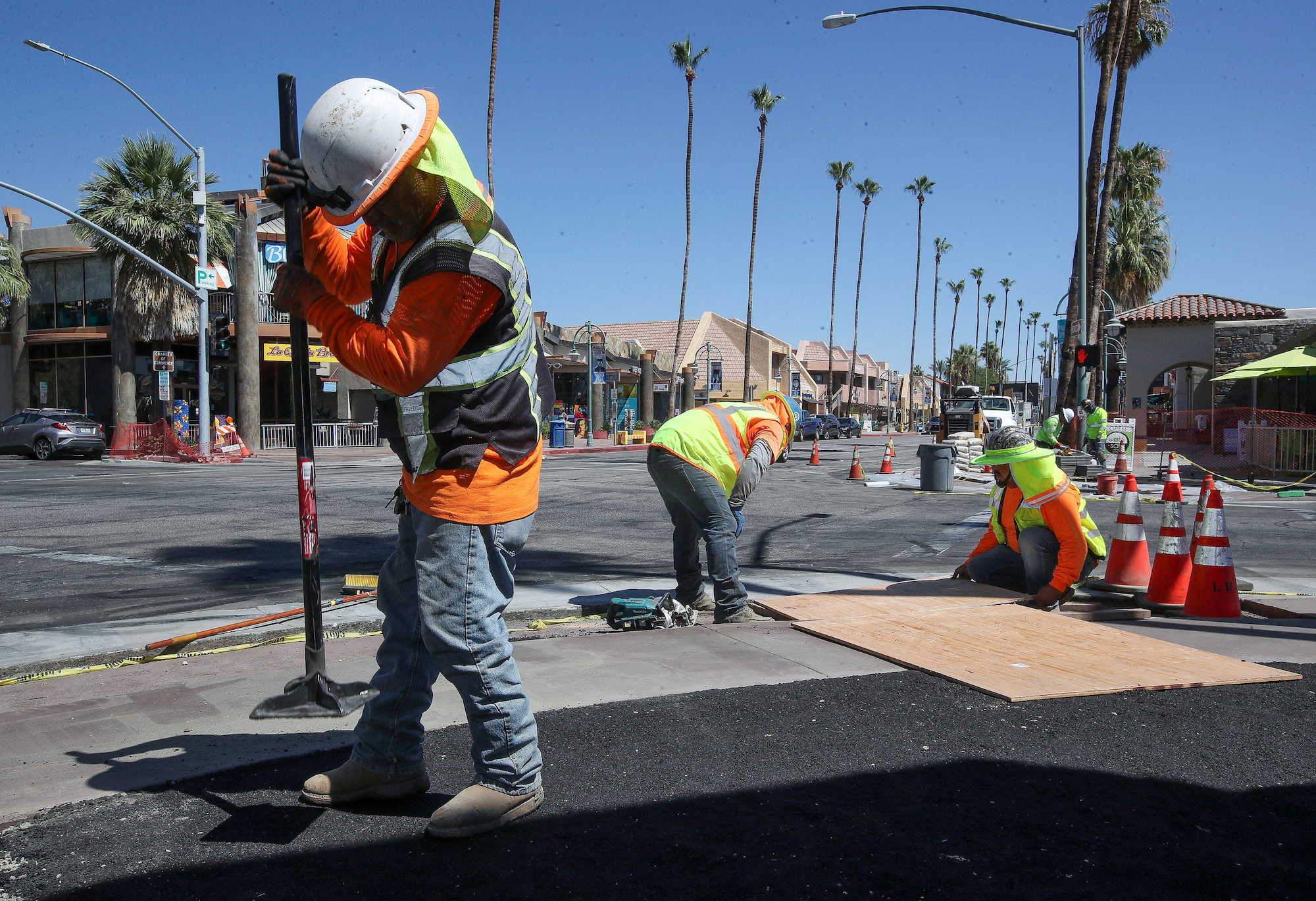The percentage of Californians working or actively looking to do so is on the decline, with the state’s aging population primarily to blame, according to a recent report from the nonpartisan Public Policy Institute of California.
“[Our] economic policy center identified labor participation, and in particular its slowdown, as a major challenge for California’s economy today and in the future,” Sarah Bohn, vice president of the policy institute, said during a virtual presentation on Feb. 27.
The report found that the rate of labor force participation for those 16 and older has fallen to less than 62 percent in 2023 from a peak of 68 percent in 1989.
For the “prime” working age group, ages 25 to 54, rates have remained steady at about 80 percent. Workers in the 55–64 age group participated at about a 65 percent rate, and those in the 65–74 group at about 30 percent, the report found.
Percentages are increasing for older workers in recent years—about 10 percent higher for both age groups compared with the mid-1980s.
Younger workers in the 16 to 24 age range are less inclined to join the labor force, dropping from nearly 70 percent in the 1980s to about 50 percent in 2023, according to the report.
Researchers noted an increase in college attendance as contributing to the change.
Education Levels Affect Opportunities
The level of education attained also plays a role in participation, the researchers concluded, as college graduates work at a rate 20 points higher than those who fail to complete high school. That’s a persistent trend, as employment rates for the less educated have dropped over the past 15 years while rates for those with at least a bachelor’s degree have held steady.
About 90 percent of prime-age college graduates are participating in the labor force—with minimal differences across racial and ethnic groups.
For those without a high school diploma, Latinos participate the most, at a 74 percent clip, while 48 percent of black Californians are working or seeking employment, according to the report.
“Education is clearly a factor—it explains most of the gaps across race/ethnicity and also some gender gaps, especially in households with young children,” researchers wrote in the report. “Meaningfully reducing education gaps could lead to notable increases in participation among black and Latino adults—and as our analysis suggests, could add hundreds of thousands of new workers to the labor force.”
Gender Gap Shrinking
Over the past 40 years, the participation rate for prime-age men has slipped by 5 points, to 88 percent, while the rate for women in the same age group is at a record high after increasing by 6 points, to 75 percent, the report found.
The rate for foreign-born men in the prime working age group exceeded averages—with 93 percent of citizens and 92 percent of non-citizens currently employed or looking for work.
Foreign-born women in the same age range have a 78 percent participation rate for citizens and 63 percent for non-citizens.
Latina women between 25 and 54 have the lowest rates for the prime working group, at 74 percent, and black men’s 83 percent is the next lowest. Child care, cultural differences, language barriers, and a lack of formal skills are contributing to the former group’s low rates, while criminal and incarceration history are to blame for the latter’s, according to the report.
Differences Across California
Cities with higher populations are experiencing the best worker participation rates, with the Bay Area and Los Angeles, San Diego, and Orange counties topping the list.
The far northern part of the state—with rural areas with fewer residents and scarce job opportunities—recorded the lowest rates, at about 57 percent.
The report said that agricultural areas in the Central Valley and other regions, including the Inland Empire, Central Coast, and Sacramento are between the two extremes.
Seeking Solutions
With the state projecting the population to continue aging, researchers said encouraging more older people to stay in the workforce is one possible way to address the issue.
“Higher participation rate among older workers is one way that we could counteract [the aging population],” Julien Lafortune, research fellow for the policy institute, said during the presentation. “But that depends on a lot of factors, and a lot of older Californians may not want to work, so we face some questions over where the workforce may be in the future.”
With certain job sectors projected to experience growth in the coming years—including health care and construction—the labor supply could fall short, according to the report.
Barring an improvement in labor participation rates, researchers said the economy could be negatively affected.
To overcome such challenges, gaps in participation in various demographic groups need to be addressed by removing barriers to employment such as lack of child care, education, skills, and language proficiency, the report concludes.
“It’s really a complex interaction of these factors,” Mr. Lafortune said. “That really means that solutions will need to be multifaceted.”














